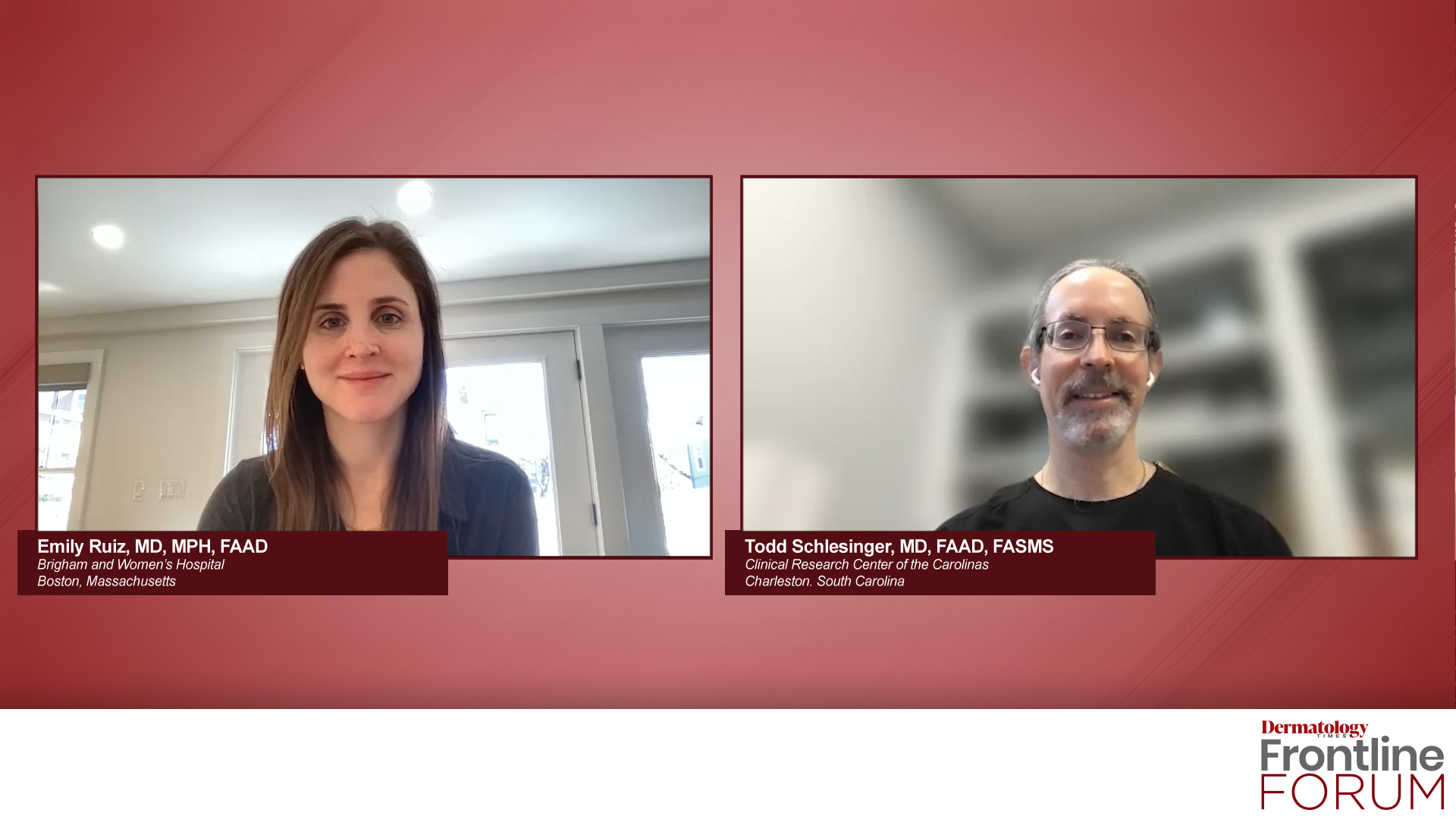- Acne
- Actinic Keratosis
- Aesthetics
- Alopecia
- Atopic Dermatitis
- Buy-and-Bill
- COVID-19
- Case-Based Roundtable
- Chronic Hand Eczema
- Chronic Spontaneous Urticaria
- Drug Watch
- Eczema
- General Dermatology
- Hidradenitis Suppurativa
- Melasma
- NP and PA
- Pediatric Dermatology
- Pigmentary Disorders
- Practice Management
- Precision Medicine and Biologics
- Prurigo Nodularis
- Psoriasis
- Psoriatic Arthritis
- Rare Disease
- Rosacea
- Skin Cancer
- Vitiligo
- Wound Care
Article
Study: How Does AK Affect Long-Term cSCC Risk?
Author(s):
Research analyses found an increased risk of cSCC after AK diagnosis during long periods of follow up.
A research study published in JAMA Dermatology, investigated the risk of cutaneous squamous cell carcinoma (cSCC) after diagnosis of actinic keratosis (AK) during long periods of follow-up.1 Up until this point, the risk of cSCC after diagnosis of AK had not been studied during long follow-up periods.
The objective was to estimate the risk of cSCC up to 10 years and identify risk factors for development.
The longitudinal cohort study examined Kaiser Permanente Northern California patients with AK and control patients from January 1, 2009 to February 29, 2020. Patients were matched at a 1:1 ratio on age, sex, race, ethnicity, medical center, and initial date of diagnosis plus 30 days for patients diagnosed with AK.
The incident of cSCC was obtained from pathologic data. Subdistribution hazard ratios (HRs) and 95% of continuous integrations (CIs) were estimated using Cox proportional hazards regression analysis. This analysis accounted for competing risks, calendar year, demographic factors, and number of AKs.
The study was composed of 220,236 patients with AK and the same amount of control patients. The mean age was 64 years and 52.5% were female. The risk of cSCC increased with each year of follow-up by 1.92% (95% CI, 1.89%-1.95%) in patients with AK and 0.83% (95% CI, 0.81%-0.85%) in control patients (subdistribution HR, 1.90; 95% CI, 1.85-1.95).
Patients that were 49 years or younger and diagnosed with AK were 7 times more likely to be diagnosed with cSCC than those without. At a 10-year follow up, the combined incident rate (IR) of cSCC reached 17.1% (95% CI, 16.9%-17.4%) in patients with AK and 5.7% (95% CI, 5.5%-5.9%) in control patients. The increased numbers of AK’s were associated with a greater risk of cSCC and older patients had a much higher risk of cSCC than younger patients.
Other than AK, risk factors for cSCC included patients being of an older age, White, history of basal cell carcinoma (BCC) and male. Rick of cSCC decreased between 2009 and 2019.
The analysis from this longitudinal cohort study can be used to develop recommendations to increase early detection of cSCC. Further research is needed to understand the effect of AK treatment on cSCC risk and outcomes.
Reference:
1. Madani S, Marwaha S, Dusendang JR, et al. Ten-year follow-up of persons with sun-damaged skin associated with subsequent development of cutaneous squamous cell carcinoma. JAMA Dermatology. Published online March 24, 2021. doi:10.1001/jamadermatol.2021.0372
Newsletter
Like what you’re reading? Subscribe to Dermatology Times for weekly updates on therapies, innovations, and real-world practice tips.















